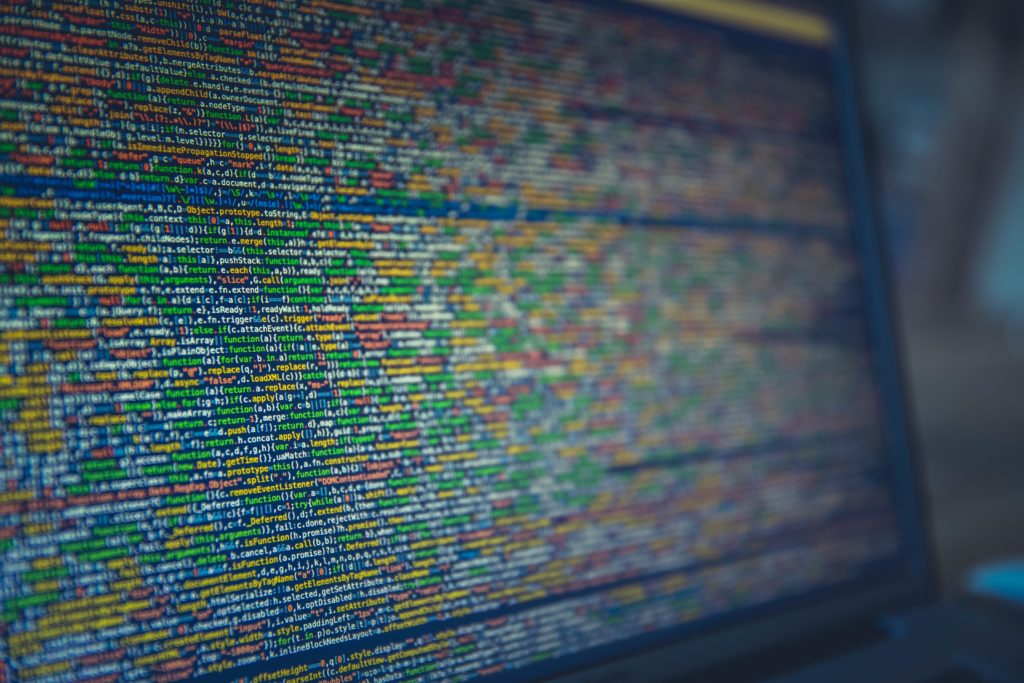Internet Of Things: Key to DoD Commerce Success

The Internet of Things, commonly referred to as IoT, continues to grow as a topic of ongoing conversation, and could soon be a household term. IoT, commonly defined as, “a proposed development of the Internet, in which everyday objects have network connectivity, allowing them to send and receive data,” is beginning to impact almost every industry. LTE-enabled cars now offer real-time traffic information and real-time vehicle diagnostics. Your FitBit and other wearable tech offers personalized data, like heart rate, step count, calories burned, etc. And retailers are tracking your shopping habits every day to send you coupons and offers at the right time and place.
Not only is IoT aimed at consumers, but many business-to-business companies are adopting it, as well. For example, it’s being used to connect manufacturing equipment, medical devices and all the other commercial equipment used by the world’s largest companies. Many businesses have found that the technology improves their bottom lines by:
- Lowering operating costs
- Increasing productivity and efficiency
- Expanding to new markets
- Developing new product offerings
BI Intelligence, Business Insider’s premium research service, found that the future of IoT is looking bright, and it’s not slowing down any time soon. They project that nearly $6 trillion will be spent on IoT solutions over the next five years and that businesses will be the top adopters of IoT solutions.
The Internet of Things has also largely affected the federal government, from the Department of Defense to NASA to the Department of Homeland Security. In fact, big data and analytics firm Giovini reported that the federal IoT market saw 20 percent year-over-year growth in fiscal year 2015. This is a trend that will likely continue as the technology gets more and more sophisticated.
Because of the advances in the Internet of Things, everything is connected. Odyssey has adopted this growing technology to create integrated, cross-departmental work-flow processes that utilize an efficient and effective cloud-based platform. For example, item unique identification (IUID) is a system of establishing unique item identifiers (UII) within the DoD by assigning a machine-readable character string or number to a discrete item. This serves to distinguish it from other items. The data required to properly manage a successful IUID transaction is easily created within our software or imported in a compliant format provided by the user. We also create pre-encoded RFID labels, which are smart labels that meet DoD requirements and track the location and status of a client’s product.
We believe that today’s DoD commerce requires an IT platform that can make sense of requirements and provide an automated environment to easily react and respond in real-time. Our DOD-approved software helps to make our partners’ work easier and more efficient by:
- Improving resource utilization
- Reducing errors
- Enabling streamlined commerce and compliance measures
We take pride in staying on top of the newest and most effective technology. Our goal is to be one step ahead of industry trends to help our partners get the most out of their business.
